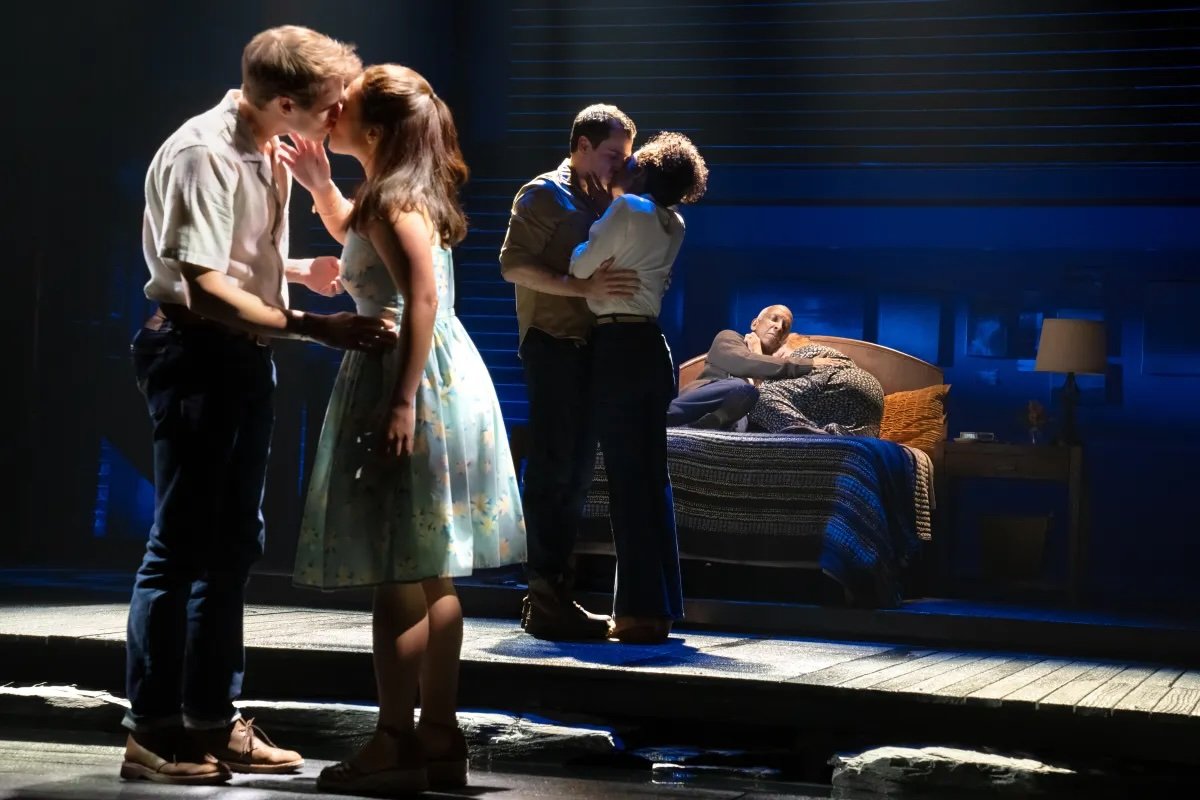If there’s one thing you need to know about Japanese author Shusaku Endo before you start reading his novels, it’s that he was Catholic. Fortunately, when Endo’s name comes up, that bit of information is usually close at hand. It’s right there in the first sentence of his Wikipedia article: “Shusaku Endo was a Japanese author who wrote from the perspective of a Japanese Catholic.”
That phrasing is tortured, but there’s a point to it. It is worth noting that Endo was Japanese and a Catholic, since less than .35% of Japan’s population identifies as such, but his writing grapples both ex- and implicitly with questions of faith and religion, of systems and change, and his perspective on such matters is, to say the least, complex. Even operating within the boundaries of his own faith, his novels are very much the work of a man who was, by nature of being Japanese, somewhat outside of Catholicism, and, by nature of being Catholic, somewhat outside of what it means to be Japanese. He very much wrote from the perspective of a Japanese Catholic.
As is often the case with those who live just outside of a group with which they are deeply familiar, Endo was remarkably critical of both Japan and Catholicism. In fact, two of his most explicitly religious works, Silence and The Samurai, feature Japan and the Catholic Church as, at best, self-absorbed and malignant actors, if not outright villains.
Admittedly, the setting doesn’t help. Both novels concern the tumultuous early 1600s, when Japan closed its borders to Christian missionaries after a 40 years period during which the Jesuits had achieved no inconsiderable amount of success. The Japanese response was firm, to put it mildly. The Japan of Endo’s period novels is cold, calculating, unyielding, and cruel. It is a Government consumed only with maintaining order and the status quo, with flushing out bad actors. Throughout both novels, Japan as a nation is more than happy to use its own citizens as sacrificial pawns. Their humanity never enters the equation.
Missionaries and those affiliated with the Church do not fare any better under Endo’s gaze. Their faith is always beyond reproach, consumed as they are by the need to spread their beliefs, but they are uniformly portrayed as self-aggrandizing. As a random example, one of the protagonists in Silence writes, “It might well be that the poverty-stricken Christians were hungering for a priest to administer the Blessed Sacrament, hear their confessions and baptize their children. In this desert from which missionaries and priests had been expelled the only one who could give the water of life to this island tonight was myself. Yes, only myself.” The ardency of his belief is matched only by his ego. In The Samurai, the missionary Velasco constantly schemes to become the Bishop of Japan once it is formally included within Christendom.
Endo writes with anger towards those who forced Christianity onto a nation that did not need it, and simultaneously for the Government who took that as an excuse to consolidate power through violence. Despite the fact that Endo’s own faith is a result of the missionary work he depicts, he portrays them uniformly as contemptible. The pit at the center seems to be the unwillingness of missionaries to consider the ramifications of their actions. His feelings seem best summarized in “Araki Thomas,” the remarkable short story published in 1965 that likely germinated into Silence the following year:
Whilst fully aware of the ban on Christianity, foreign missionaries continued to steal into Japan. Fired by an intense vision to convert Japan to Christianity, their heroic spirit spurned even death. But what was to be done about the poor Christian peasants who were implicated along with them? The missionaries urged dreams of martyrdom upon the Japanese Christians. They expected them to die as martyrs. Martyrdom was now the only path which led to God, and they believed that, if they were to ignore it, they would be guilty of ignoring God. But did their faith offer nothing but this cruel path?
To Endo, the answer seems to be “No.” “Enough Christian blood had already been shed,” he writes a bit later in the same story, “and every time more missionaries slipped into Japan, more Japanese blood would necessarily be spilled. [Araki Thomas] begged the Church in Rome to forsake the people of Japan, to stop forcing its dreams and ideals upon the Japanese.” Over and over again, the Church is shown to be self-absorbed. The lesson of Silence, as I take it, is that the formalities of faith are nothing compared to its values. What good is Christianity if it prioritizes its promulgation over the safety of the souls it espouses saving? To Endo, true Christians are those who understand that the heart of Christianity is much greater than the rules and rituals.
In reading The Samurai, I was struck by the juxtaposition of the Church and Japan. The Church exists to spread itself as far as possible, to make as much Christian as it can, while blanching in the face of any changes that new influences bring into the church. Japan, during the time of these novels, is intensely interested in defining what Is and Is Not Japan. While the Church “invites” people in so long as they conform to its ways, Japan keeps people out. Endo seems to believe both approaches are wrong. You cannot spread yourself without risking change to the fabric of your being, and you should not reject the possibility of such changes out of hand.








